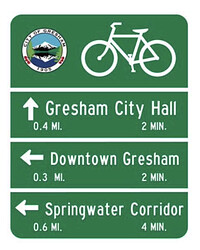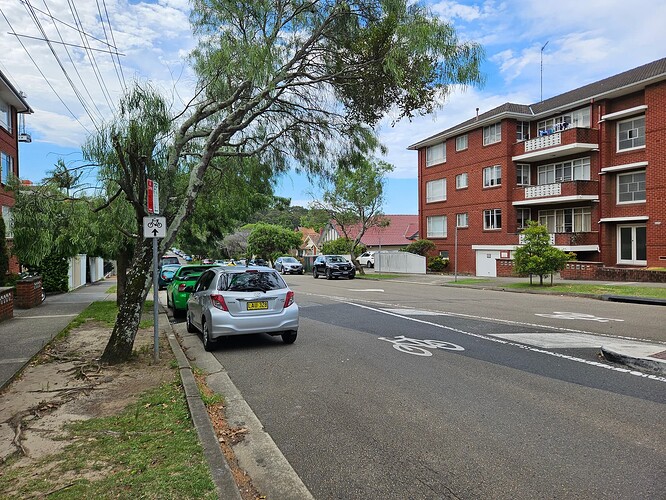@Migwell, (and others in Australia comitted to this endeavor): please take care to distinguish between a bicycle route and a bicycle network. I see you using the latter when it seems the former is more correct. A network is a connected set of routes.
You appear to be able to map a “set of signs” (e.g. with directional arrows, a bicycle glyph and a destination, for example) that could or might link infrastructure for cyclists (but…does it?) as a bicycle route. These do not seem to have a route name or route number (for the ref=* tag), but they might; asking the local council seems a prudent step along the way to determining this (they put up the signs, they know whether there is a “network of routes”). This consultation would likely show how such (potential) routes aggregate into one or more bicycle networks.
Mapping infrastructure should be primary, mapping routes is an intermediate step, along with putting routes into (an often named) network, which (in a more-advanced sense beyond an intermediate step) coalesce together into networks at usually a national level (allowing international to “bridge” these, but Australia being its own continent / island / country, international is moot there).
These signs (from photos earlier in the topic) might also indicate something more like the Dutch- and Belgian-style node networks, or perhaps something akin to what might be called destination-based routes (forming a network) is what’s going on. Again, please consult with the local council to identify what they have implemented with this signage before making assumptions (and blurring a network with a route).
Remember: OSM maps bicycle infrastructure and we map (usually signed) bicycle routes. We also map (bicycle) signs, but how those form routes and/or a network or networks is particularly locally-defined. I urge you to determine (more widely) what is meant by those signs before you map routes (which appear to be local, given the topic title and that you are in Melbourne in the instant context).
I mean no harshness with what might seem like admonishment, rather, a “proper fit” between bicycle infrastructure, bicycle signage, bicycle routing and possibly bicycle networks in Australia comes from a comprehensive fitting together of all of these pieces (and their proper semantics). Thank you and wishing you the best in these endeavors!

